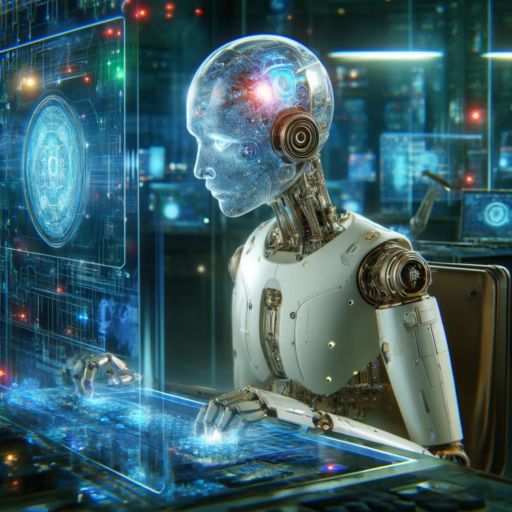Advanced Object Tracking with AI: Enhancing Business Operations and Decision-Making
In today’s fast-paced and increasingly visual world, the ability to effectively analyze images and videos is becoming crucial for businesses across various sectors. Artificial Intelligence (AI), particularly through advanced object tracking solutions, plays a pivotal role in interpreting and utilizing visual data. This technology enables businesses to not only track objects across frames in videos or images but also to glean actionable insights that can enhance operational efficiency and augment decision-making processes.
What is Object Tracking?
Object tracking, a subfield of computer vision, involves recognizing and following specific objects within a video sequence or across different images. This can range from tracking vehicles and people in urban settings to monitoring goods in warehouses and even following the eye movements of users interacting with a digital interface. The core challenge in object tracking is to maintain the identity of an object, despite movement, changes in appearance, or being obscured by obstacles.
Applications of AI-Driven Object Tracking
Enhanced Security and Surveillance
AI-powered object tracking systems are transforming security and surveillance by allowing for continuous monitoring of sensitive areas without fatigue. For instance, AI can track individuals or vehicles across multiple camera feeds, alerting authorities to suspicious activities in real-time. This is vital for public safety, border control, and infrastructure protection.
Optimized Retail and Inventory Management
In the retail sector, object tracking helps in automating inventory management by tracking products as they move through the supply chain to the sales floor. It can also analyze customer movements and interactions within a store, providing insights into shopping behavior and popular products, thus assisting in layout optimization and marketing strategies.
Automotive and Traffic Management
In the automotive industry, object tracking is crucial for the development of autonomous driving systems, where it is used to identify and track vehicles, pedestrians, and obstacles to navigate safely. Similarly, in urban planning, tracking vehicles and pedestrian flow helps in traffic management and the design of more efficient transportation systems.
Sports Analytics and Training
Object tracking is used in sports for both live broadcasts and training purposes. By tracking the movement of players and the ball, coaches can analyze game strategies and player performances. Broadcasters can enhance viewer experience by highlighting key moments and statistics during a live match.
Implementing Object Tracking Solutions
The implementation of object tracking involves several stages, from data collection and preprocessing to model training and deployment. Modern AI models, including convolutional neural networks (CNNs) and recurrent neural networks (RNNs), are trained on vast datasets to recognize and track objects accurately. Technologies like machine learning and deep learning enable these systems to improve over time, learning from new data and interactions.
Integration with Existing Systems
For businesses, integrating AI-driven object tracking into existing operations and systems is facilitated by APIs and software development kits (SDKs) offered by various AI technology providers. This integration allows companies to leverage their current infrastructure while adopting cutting-edge object tracking capabilities.
Challenges and Considerations
While AI-driven object tracking offers extensive benefits, it also poses challenges such as privacy concerns, especially when used in public or semi-public spaces. Businesses must ensure they comply with all relevant privacy laws and regulations. Additionally, the accuracy and reliability of object tracking systems can be affected by poor lighting conditions, fast-moving objects, and occlusions.
Conclusion
Object tracking with AI provides a transformative opportunity for businesses to optimize operations, enhance security, improve customer experience, and make informed decisions. As this technology continues to evolve, it will unlock even more applications, driving innovation and efficiency in industries worldwide.
ChatGPT can make mistakes. Consider checking important information.

